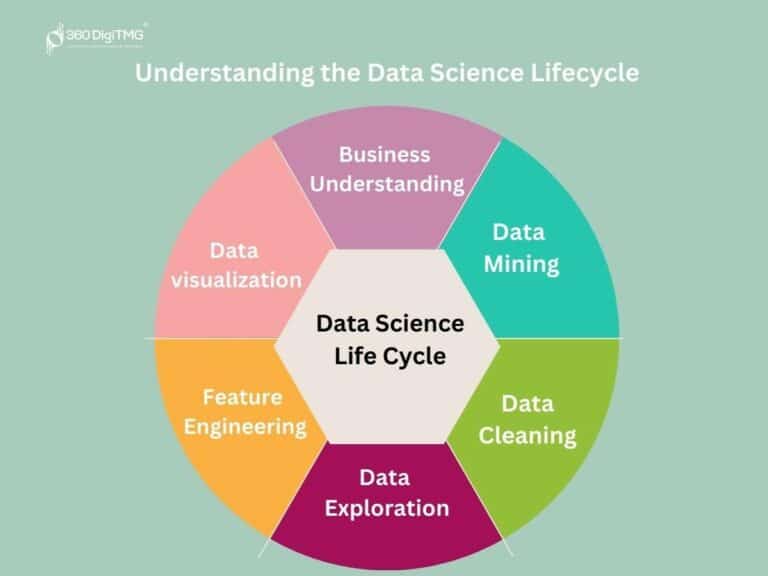The infrastructure of Oracle Cloud possesses immense capabilities when it comes to storage and disaster recovery, keeping every data intact, secure, and running. As a business owner, you need to implement measures for Oracle Cloud disaster recovery, including setting up cloud domains that are independent or isolated to each other, to avoid any possibility of site-wide failure or compromised data.
Learn the best practices for Oracle Cloud disaster recovery you should follow by reading below.
What Is Disaster Recovery?
In Oracle Cloud, disaster recovery refers to the processes involved in securing data from applications, software, and databases as they are moved on-site to the cloud. With Oracle Cloud, this cloud computing service platform provides servers, networks, applications, storage, and services via a global network of managed data centers, provisioned over the Internet or the cloud.
1. Define Your Application or Database Deployment Strategy
Cloud domains play a crucial role in disaster recovery. Availability domains refer to data centers found in a localized geographical area or region. On the other hand, fault domains refer to hardware components sharing a single point of failure. In disaster recovery, the ideal quality should be fault-tolerant to avoid failure.
With excellent deployment strategies for disaster recovery on Oracle Cloud, applications or databases are protected from possible disasters. Disasters include cloud migration failure, such as data leak or compromised security when migrating traditional apps or software to the cloud.
Different deployment strategies are implemented in the solution design, including the following:
- Deployment in Several Fault Domains: App deployment for a single availability domain is performed across several fault domains. It is done to protect fault domains from planned outages during hardware maintenance and unexpected hardware failures. The problem with this deployment is that it doesn’t provide ample protection when entire availability domain failure strikes. The solution is database replication to a remote region.
- Replication: One example of replication is backing up block volume, a detachable block storage device allowing dynamic expansion of the storage capacity. Applications can be rebuilt by regularly backing up block volume and associated data to another region without major data loss if a disaster ever strikes. The block volume backup can be accessed and restored in the remote region by new computing instances or hosts to restore the application’s functionality.
2. Fault Domain Design Consideration
Fault domains are distinct from one other even if they’re in the same availability domain. For every availability domain, there are three fault domains. Fault domains must be used properly to increase the availability of apps or databases operating on Oracle Cloud Infrastructure.
Here are some of the best practices for disaster recovery on the Oracle Cloud:
- Grouping Configuration: For example, it’s important to have a highly available application, such as having a clustered database and a pair of web servers. The best configuration is grouping a single web server and a single database node in one fault domain, and grouping the other half in another fault domain. It avoids the failure of any fault domain that usually results in app outage.
- Placing Database and Web Server in the Same Fault Domain: For applications that are not highly available, such as only having one database and one server, they’re best placed in the same fault domain so the application is only affected by a single fault domain.
3. App Deployment with Multiple Availability Domains
For apps running on multiple domains, app deployment could be done in a single region since each region has several availability domains. Deploying applications or databases across multiple availability domains accommodate potential failures in one availability domain.
Here are some recommendations when deploying apps and databases across multiple availability domains:
- Use the Load Balancer service of Oracle Cloud Infrastructure in your disaster recovery solution to minimize the downtime. The Load Balancer service executes automated traffic distribution of servers from a virtual cloud network (VCN), improving resource utilization, facilitating scaling, and ensuring high availability.
- Deploy a standby deployment backup system in various availability domains from the main database and set up Data Guard in between.
- Set up database backup to the Object Storage (high-storage performance platform) of Oracle Cloud Infrastructure to further protect data.
Conclusion
With the different app deployment solutions and configurations shared above, you’ll easily migrate or deploy your apps and databases through the cloud. It’s crucial to define your deployment strategy as soon as possible to set proper expectations and ensure failure prevention. With the right fault domain design configuration and app deployment across multiple availability domains, disaster recovery is smoother and seamless.












